In order for us to treat sciatica, we need to know what caused it in the first place! Luckily, we have a comprehensive list of the most common sciatica causes here and what to do about each one.
Today, we discuss the common causes of sciatica, why you’re experiencing the pain you currently have and what to do about it!
Before we dive in, please be aware that we are part of the Amazon Affiliate programme. This page may contain Amazon affiliate links, so if you choose to purchase a product for your sciatica that we recommend through a link on this page, we will receive a small commission at no extra cost to you. This helps us keep Overcome Sciatica alive! Thank you for your support. Please be assured that we only ever recommend products that we truly believe can help.
Sciatica Causes – But First: What Is Sciatica?
The term “sciatica” actually means one very simple thing – pain in the leg related to a nerve.
Strictly speaking, the term “sciatica” refers to the sciatic nerve, which is responsible for the pain down the back of the leg that can travel all the way to the toes.
Sciatica is not a “disease” in and of itself. “Sciatica” simply describes a set of symptoms that can be caused by a number of conditions.
Sciatica is usually characterised by any combination of the following symptoms:
- Pain in the back and leg: The pain is usually sharp or burning and can be described as “shooting” or “lancinating” by my clients. The pain can affect any isolated area in the back of the leg or run all the way from the buttock to the toes.
- Pins and needles or numbness: Pins and needles or numbness often accompany sciatica. This symptom is most common in the feet and toes, but can affect the calf too.
- Loss of strength in the leg: Sciatica can sometimes cause a loss of strength in either leg – if you suffer from this symptom, get checked out by a doctor as this usually points to a compressed nerve.
Sciatica Causes – How Can a Nerve Cause So Much Pain??
To understand how sciatica symptoms occur, we must first understand how the sciatic nerve works.
The sciatic nerve is the longest nerve in the body.
It originates in the back and leaves the spine near some of the lowest bones called ‘vertebrae’.
It then runs down the back of the leg, supplying sensation and muscle control to most of the leg.
The easiest way to get our heads around the cause of sciatica pain is to imagine the sciatic nerve as a long cord in the body that works in a similar way to a motorway or busy freeway.
The sciatic nerve sends signals to the brain from our body about touch, sensation and pain. Equally, the brain sends instructions down the sciatic nerve to our muscles, to make them move so we can walk.
In this way, you have cars travelling up and down the motorway – some heading to the brain, some heading to their ‘home’ in the leg.
When we have a healthy sciatic nerve, the signals travel smoothly, within the “speed limit”, and without running into any traffic.
However, when the “motorway” (nerve) is affected, the “cars” (signals) can’t reach their destination properly. When a signal fails to get where it is supposed to, you end up with pins and needles or numbness.
You also get unique “signals” that appear on the motorway that tell the entire road that there is a problem. You can think of these as emergency vehicles on a motorway, rushing up and down. This is a good way to think of pain – it’s a way of our body telling us that there is a problem with the sciatic nerve and the signals aren’t getting through properly.
So What Are The Sciatica Causes?
Sciatica is generally caused by anything that touches the sciatic nerve, or anything that blocks the transmission of these important nerve signals.
Something that has become obvious to the medical profession as a whole is this: nerves do not like to be touched!
Touching, pinching or compressing a nerve causes reactions around that area, causing pain along the entire course of the nerve.
You will get sciatica symptoms from the direct contact but also a chemical reaction around that area which exacerbates these symptoms.
The chemical reaction that occurs when we compress a nerve, especially when part of a spinal disc touches the sciatic nerve, is similar to the type of reaction we get when we are stung by a bee.
Chemical irritants, like “substance P” and “histamine” remain for some time in the affected area, causing further inflammation to the nerve root and pain along the course of the nerve.
Not a happy combination!
So, generally speaking, sciatica symptoms are caused by something touching, pinching or compressing the affected nerve. This usually happens in the lower back, as the lower back is where the nerve roots run through tight spaces. This leaves them vulnerable to being contacted if a structure in the back has invaded the space within which the nerve runs through.
Let’s now talk about the specific problems that cause sciatica:
The Main Sciatica Causes
The Spinal Discs:
The lower back is made up of 5 bony segments, called vertebrae, all stacked upon one another. Between these vertebrae are the spinal discs: tough sacs made up of strong fibres called “collagen”, combined with water and nutrients.
These discs are responsible for shock absorption through the spine, as well as lubrication of movement.
Each disc has a soft inner section – called the nucleus – and a tough outer section called the annulus.
The tough outer part of the discs can develop micro-tears over time through repetitive movements under load.
These micro-tears can develop into “bulges”, which occur when pressure causes the inner material in the disc to push into these weakened zones.
These bulges can then invade the tight spaces that the sciatic nerve roots run through – this is the most common of the sciatica causes.
Occasionally, the inner material of the disc can actually leave the side of the disc through these weakened areas, causing a chemical reaction around the sciatic nerve root.
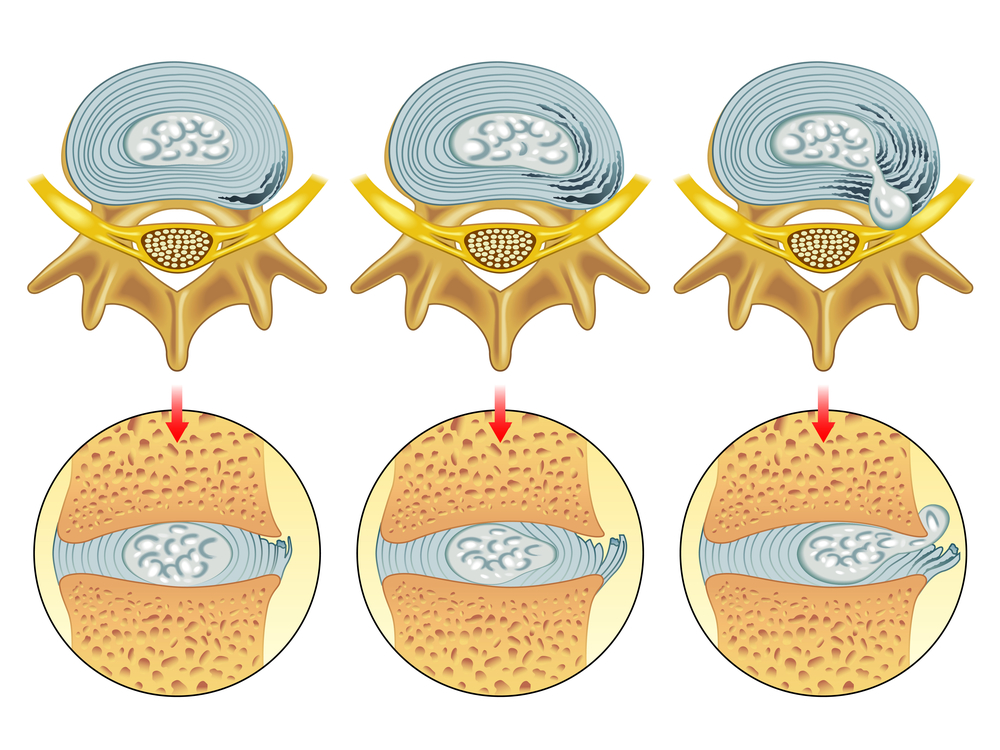
Disc problems often get worse when a person bends forward, as pressure on the front of the disc causes the inner material to “bulge” backwards towards the nerve root. This irritates it and causes sciatica symptoms.
Arthritis and Ageing Changes
As we age, our spines go through a number of changes. Our discs dry out and lose height, the bones around our joints thicken, our joints become stiffer and we lose the cartilage that helps to lubricate movement in our spines.
All of these changes equate to a smaller space for the nerves in the spine, causing them to become compressed.
When this compression becomes more severe, it leads to a condition called “spinal stenosis”.
When arthritis of the facet joints in our lower back becomes advanced, this can cause sciatica. This happens because the nerve gets “trapped” in the spine by the stiff joint and can cause sciatica pain in the buttock and leg.
Piriformis syndrome:
Within our buttocks lies a muscle called the piriformis. The piriformis is a small muscle that helps to stabilise the hips as we walk and stand.
In most people, the piriformis goes relatively unnoticed.
However, in some people, the sciatic nerve actually runs THROUGH the piriformis. This happens in roughly 10% of the population according to medical literature.
Again, this is usually fine. But when this muscle gets tight, the nerve can become compressed in the buttock, causing similar pain and numbness to sciatica causes.
Piriformis syndrome is usually a less severe pain in nature than other types of sciatica – but can be equally as troublesome. Piriformis syndrome tends to rumble on for a long time compared to the other sciatica causes and can be very difficult to shift without knowing the exact right things to do.
It can also affect sitting and walking in significantly – making it a problem that needs to be sorted just as urgently as all the other sciatica causes.
Are You Looking for RAPID Relief from Sciatica?
My good friend, colleague and fellow international sciatica expert, Dean Volk, has a brand new sciatica relief video course available – and I’m delighted to be an official sponsor!
Check out Dean Volk’s “Kicking Sciatica OUT of the Butt!” Online Pain Relief Course Here!
I can proudly recommend Dean and his course for sciatica sufferers – because I’ve seen his incredible results first-hand. You can check out his course (and get lifetime access to the videos and bonus content) by clicking HERE.
Fractures:
In rare cases, a fracture of one of the vertebral bones in the spine can cause a compression on a nerve root.
This usually happens following trauma, like a fall. However, if someone has a condition called “osteoporosis” then fractures can occur spontaneously.
Osteoporosis is a condition that causes a thinning of the bones and is more common in women and the elderly. If you are over 60, it might be an idea to get a bone density scan which is an inexpensive way of finding out whether you are at risk of a spontaneous fracture from a condition like osteoporosis.
Tumour or growth:
Very rarely, a cyst, tumour or other lesion can occur in the spine which then leads to a nerve root compression.
This type of problem is luckily not very common.
We will talk about “red flags” for tumours in a second. If you’re really worried about this being a cause for your sciatica, please go and seek help from your doctor, who can hopefully put your mind at rest.
Luckily, it is extremely uncommon for a person to experience “primary” cancer in their lower back – “primary” describes the first place within the body that the cancer occurs. Usually, people who suffer from cancer affecting the lower back have had either bowel, bladder or cervical cancer first.
Some of the other serious illnesses that can affect the lower back and cause sciatica include Tuberculosis and “Discitis” (an infection of a spinal disc).
The signs and symptoms that can suggest a serious illness include (not exhaustively):
- Rapid, unexplained weight loss
- Night sweats (not just a bit clammy from time to time – usually quite extreme sweating)
- Loss of appetite
- General feeling of being unwell
- Unremitting night pain when laying down
- History of cancer
If you have any of the above symptoms, it is advisable to get an assessment with your doctor as soon as you can. Of course, the above symptoms can be caused by non-serious issues too, but it is always best to get checked out if you are in any doubt.
What to Do About Each of the Sciatica Causes
The exercises provided on this page for informational purposes only and are not designed to be a ‘prescription’ of any kind. Be sure to check with your healthcare provider before you begin any new exercise programme.
Sciatica Cause #1 – Spinal Disc Bulge
This is by far the most common cause of sciatica, so it’s only right that I share with you today some of my best strategies for relieving sciatica caused by a disc bulge.
Usually, a disc bulge will cause severe pain in one leg.
The key to relieving sciatica caused by a disc bulge is to AVOID aggravating the painful side! This can be really tricky and is where most people come unstuck. Read this article here for more guidance.
One way we can do this is by stretching the non-painful side – this works through a number of mechanisms, including balancing out the pelvis and allowing the painful side to relax through a “mirroring” effect.
Please note: The following exercises will not be suitable for all. Get a thorough assessment from a medical professional before starting any new exercise programme for sciatica.
The video below provides an exercise that has potential to relieve sciatica in the left side (can also be used in the right side):
When suffering from sciatica caused by a disc bulge, it’s likely that you’ll have lost some spinal mobility, too. You could possibly try a number of these exercises below to regain that spinal mobility and encourage healing:
Cobra Pose
Instructions:
- Begin laying face-down on a firm surface like a mat on the floor or a hard mattress
- Place your hands in line with your shoulders and gently push up, raising your torso off the floor
- Keep your hips down on the floor
- Only go as far as is comfortable – no need to get to full extension for a benefit!
- Gently lower yourself to the starting position and repeat up to a maximum of 10 times.
- Do a set of these 3-4 times per day
Who this is for:
Usually, people suffering with a disc bulge find this exercise one of the most useful for improving their symptoms. However, regardless of what is causing your sciatica, you should only persist with this exercise if it is comfortable to perform this movement. This exercise is a good place to start if you have trouble bending forward.
Why this sciatica exercise works:
This sciatica exercise works because it involves movement of the lower back which encourages blood to flow to the injured area so healing can occur. Some researchers also believe this exercise causes a disc bulge to “centralise” into the disc where it can’t pinch on a nerve root.
Knee Rolls
Instructions:
- Lie on your back on a mat or a firm mattress
- Bend your knees up halfway
- Slowly and gently, allow both knees to roll over to one side only as far as is comfortable
- Bring your knees back to the start position, then allow them to roll over to the opposite direction
- Repeat for 30-seconds total, don’t rush the repititions and try to find a rhythm
- Try to find time to do this exercise every 2-3 hours if you can
Who this is for:
This sciatica exercise is great for relieving any tension in tight muscles in the lower back. It is also a great way to begin to regain any lost rotation in the lower back following sciatica.
Why this sciatica exercise works:
By gently encouraging a slow, controlled rotation of the lower back, the muscles in your lower back will realise that it is OK to relax a little. This will bring about low back and sciatica pain relief.
McKenzie Side Bends
Instructions:
- Start standing next to a wall. Most people prefer to do this exercise with their painful leg being the one FURTHEST AWAY from the wall. However, try both sides and see which one is most comfortable for you – stick with that one.
- Use your elbow and forearm to support yourself so you are leaning on the wall (1st picture)
- Slowly and gently, let your hips “glide” towards the wall while keeping your feet in the same position.
- Only go as far as is comfortable, then return to the start position.
- Repeat this 10 times, have a break, and do 3 sets total.
- If this exercise has worked for you, you may feel rapid relief in the painful leg and possibly slightly worsening back pain – rest assured this is a normal phenomenon.
Who this is for:
This exercise works really well for disc problems and is a mainstay for a treatment approach called “McKenzie”. If you have pain in one leg only from a disc bulge or prolapse, try this exercise. It brings significant sciatica pain relief to many people and can work rapidly.
Why this sciatica exercise works:
The McKenzie approach claims to work by encouraging the disc material called the “nucleus pulposus” to re-centralise into it’s inner middle. Whether or not this actually occurs hasn’t been proven in scientific literature but I have seen this exercise provide relief for many. Be sure to choose the direction that is least painful when performing this sciatica exercise.
Sciatica Cause #2 – Ageing Changes
Age-related changes in the spine are extremely common and lead to sciatica very often.
This is a challenging problem because we CAN’T change the structures in the spine; only how a person moves.
But fear not! There are ways to improve your symptoms. Try mobility exercises that will help you to “release” tension in the lower back and stiffness in the joints – giving you a new lease of movement. Once this happens, sciatica symptoms tend to reduce too.
Here are a few spinal mobility exercises that are perfect if ageing changes is your sciatica cause:
Seated Flexion
Instructions:
- Start sitting perched on the edge of a seat or bed
- Support the weight of your body by putting your hands on your thighs
- Gently, start to lean forward by bending the spineand letting the lower back relax
- Slide your hands down your legs, going as far as is comfortable
- Slowly return to the start position
- Repeat up to 10 times in a row, trying to perform this exercise every few hours
Who this is for:
This exercise works really well for anyone with a facet joint problem. It is also good for SOME people with disc issues, but it can aggravate a disc problem so avoid this one if it isn’t comfortable. No need to go all the way down to the floor like in the final picture; going halfway will be enough for most.
Why this sciatica exercise works:
This sciatica exercise works in the same way as #3 where it will decompress the spine, offloading pressure on a nerve root if age-related changes are the culprit for your pain. It is also a very safe way to regain forward motion of the spine. Everyone should do this exercise at some point in their rehabilitation but only when it becomes non-painful.
Standing Side Bends
Instructions:
- Start standing normally. Try this exercise on the right and left and stick with the most comfortable one.
- Run your right hand down your right thigh as far as is comfortable.
- Gently return to the starting position.
- Repeat 10 times, up to 3 times per day.
Who this is for:
This sciatica exercise is great for a range of causes of sciatic nerve pain and can help to loosen a stiff back. You’ll probably have one side (right or left) where doing this exercise is painful, and non-painful for the other. Always stick with the non-painful side. This exercise is a good choice for people who get pain when bending forward AND leaning back.
Why this sciatica exercise works:
By relieving tension in the lower back and stretching out the muscles that run vertically along the spinal column, some can achieve effective sciatica pain relief with this exercise. It works well for people who find that they “shift” away from their painful leg and can help to reduce the pain causing this movement away from the painful side.
Another type of exercise for this sciatica cause
One type of exercise we haven’t mentioned yet that is effective for almost all sciatica causes is “nerve flossing” – a way of moving the affected nerve through the tight spaces in the back and legs to allow it to “slide” and “glide” more freely as it moves within the body!
Try the exercise below, which is especially useful if ageing changes are causing your sciatica:
Sciatic Nerve Flossing
Instructions:
- Start sitting perched on the edge of a seat or bed with one leg out in front of you
- You should perform this exercise on the LEAST PAINFUL of the two legs. Try both sides and stick with the more comfortable one
- As you pull the toes of the extended leg up towards your head, raise your chin and look slightly up towards the ceiling (1st picture)
- Then, drop your toes down away from you and drop your chin down at the same time (2nd picture)
- Alternate between these two positions for 30-seconds at a time.
- Repeat for 3 sets, spread evenly throughout the day.
Who this is for:
This exercise works really well for most types of sciatica and it is my starting point for people suffering from a disc bulge or prolapse.
Why this sciatica exercise works:
This sciatica exercise provides pain relief by literally “flossing” a trapped nerve through tight spaces in the back and legs. As you pull your toes up, you put tension on the sciatic nerve; however, by also raising your chin, you can prevent this from being painful (nerves hate to be stretched). You’ll also be adding tension by dropping your chin, but relieving it again by letting your toes drop away from you.
NEVER pull your toes up and drop your chin down at the same time with sciatica – this is the position that puts most tension on the nerve and will aggravate symptoms.
Sciatica Cause #3 – Piriformis Syndrome
This sciatica cause is under-estimated because it’s not what we would classify as “serious” – but the ongoing, low-level debilitation it causes makes it just as troublesome as the other sciatica causes.
To treat piriformis syndrome effectively, stretching can be the most effective way forward.
However, it’s sometimes not best to stretch the painful side – as I mentioned above, stretching the NON-painful side is often BETTER!
The key is trial and error – try first the non-painful side and see how you go before trying the painful area (as this puts you at risk of aggravating it).
Try these stretches below for optimum effect:
The Gluteal Stretch
Instructions:
- Start sitting on the floor or a comfortable surface like a soft mat.
- You are going to be stretching the NON-PAINFUL SIDE for this exercise; when we stretch the non-painful side, we can avoid aggravating the painful area and balance the pelvis off in a technique known as Total Motion Release.
- Cross your non-painful leg over the painful leg
- Using your arm as shown, reach through to the inside of your non-painful leg and pull your knee towards the opposite shoulder.
- You should feel a stretch in the buttock region of the non-painful side
- Hold for 30-seconds, repeating 5-6 times per day.
Who this is for:
This sciatica exercise is great for anyone who feels sciatica symptoms in their buttock. It is also a great sciatica exercise for people who are suffering from piriformis syndrome. However, this stretch can help people with sciatica from all kinds of different causes, and should be tried by anyone suffering with sciatica. The gluteals (or buttocks) get very tight in people who stand with a number of different, common postures and should be stretched off regularly.
Why this sciatica exercise works:
By relieving tension in the gluteals and allowing the pelvis to find it’s natural “balance”, the pressure on the lower back and the sciatica nerve is reduced. This allows a better range of motion in the spine when you bend and twist, plus more freedom for the leg to swing when you walk. Stretching the non-painful side in this sciatica exercise is a great method to avoid worsening your symptoms while still getting relief.
The Piriformis Stretch
Instructions:
- Start laying on the floor or on a comfortable surface like a soft mat.
- As with the sciatica exercise above, you are going to be stretching the NON-PAINFUL SIDE for this exercise
- Bend your painful leg half way (In the above picture, the LEFT leg is the painful side)
- Cross your non-painful leg over the painful leg as shown
- Using your arm as shown, reach through to the shin of your painful leg and pull both your legs towards you
- You should feel a stretch in the buttock region of the non-painful side
- Hold for 30-seconds, repeating 5-6 times per day.
Who this is for:
This sciatica exercise is very similar to the stretch I gave you as bonus #1, except the muscle that is being stretched here is slightly different to the gluteals (even though they live near to one another). The muscle being stretched here is the “Piriformis”, a small muscle that lies deep in your buttock. It gets tight in runners and people who sit for long periods of time and needs stretching regularly. This is a KEY sciatica exercise for people who have piriformis syndrome – a condition where the piriformis muscle gets tight and “pinches” on the sciatic nerve.
Why this sciatica exercise works:
By releasing a tight, unhappy piriformis muscle, the pelvis can work more efficiently. The trapped sciatic nerve within the piriformis is also allowed to be released. With this stretch, again we are stretching the NON-PAINFUL side first. We do this to avoid aggravating the sciatic nerve in the painful leg, which is already compressed by the tight piriformis. By releasing the non-painful piriformis, the pelvis is given some “slack”, allowing the tight side to relax as well.
Conclusion
Above are some ideas for how to begin easing some of the main sciatica causes. However, I’ve only really scratched the surface with these simple exercises – most people need MORE than just the few ideas in the article above.
Are You Looking for RAPID Relief from Sciatica?
My good friend, colleague and fellow international sciatica expert, Dean Volk, has a brand new sciatica relief video course available – and I’m delighted to be an official sponsor!
Check out Dean Volk’s “Kicking Sciatica OUT of the Butt!” Online Pain Relief Course Here!
I can proudly recommend Dean and his course for sciatica sufferers – because I’ve seen his incredible results first-hand. You can check out his course (and get lifetime access to the videos and bonus content) by clicking HERE.
The information on Overcome Sciatica should never be used as a substitute for medical advice from a doctor. Never put into action any tips or techniques from Overcome Sciatica without checking with your doctor first. Please see full terms of use here.


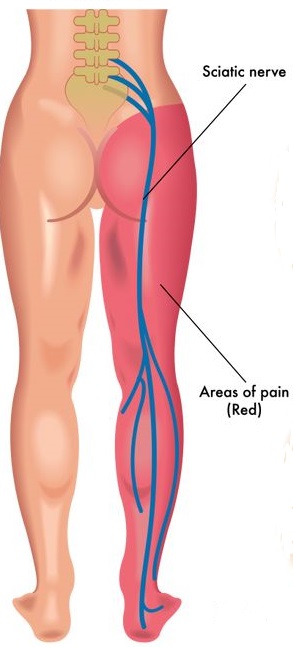
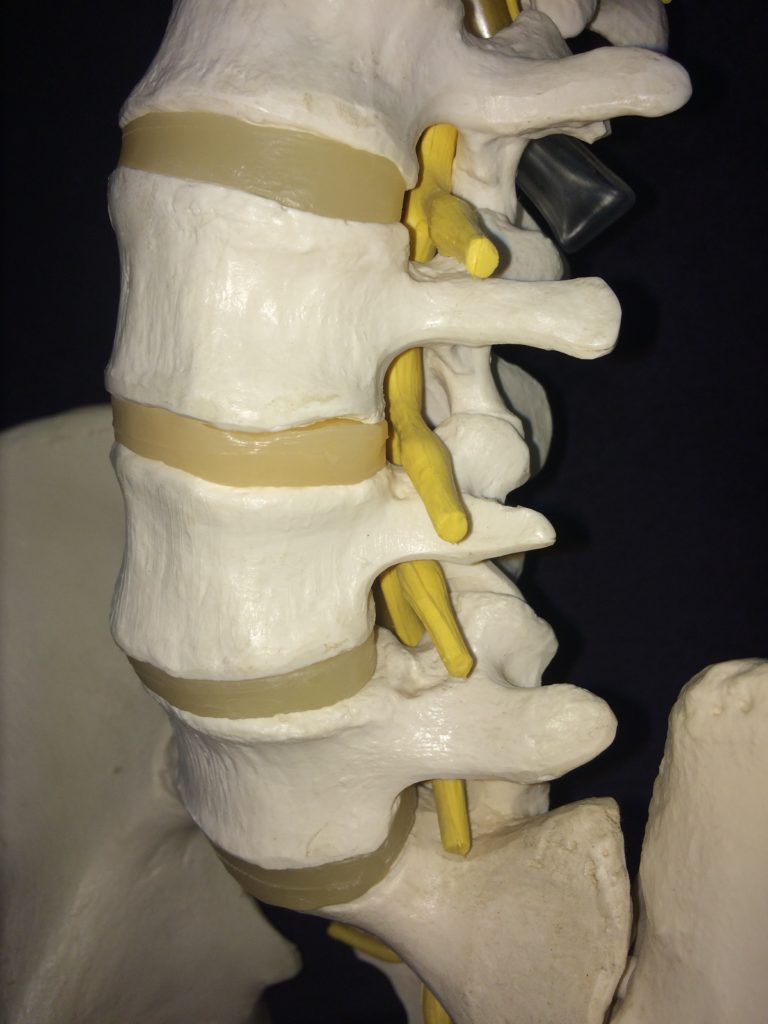

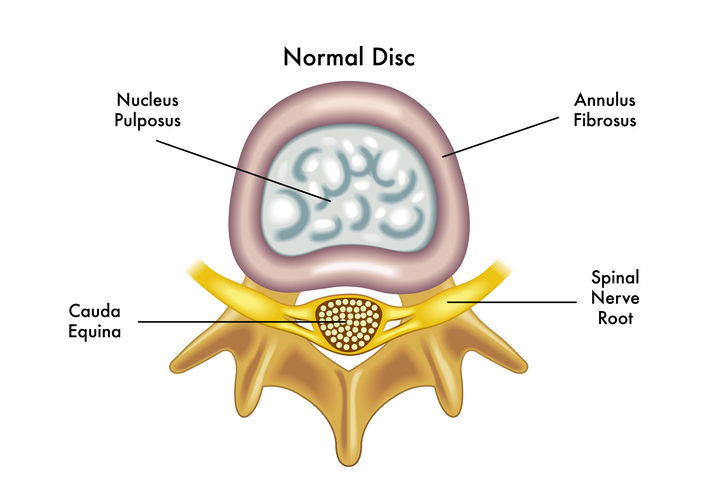
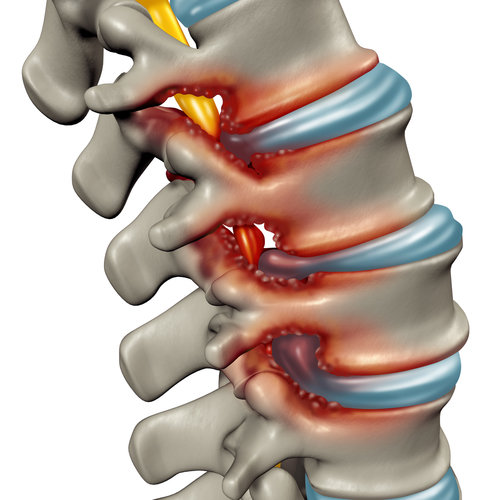
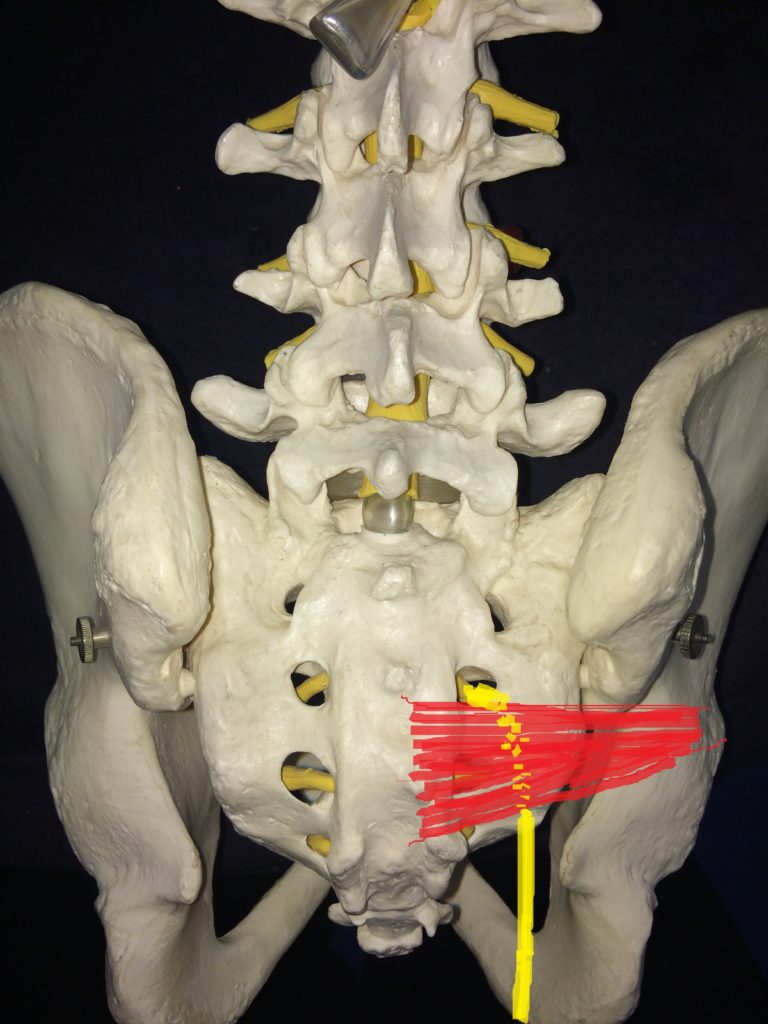

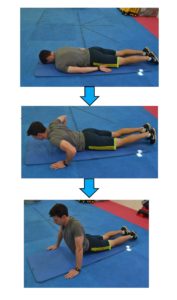
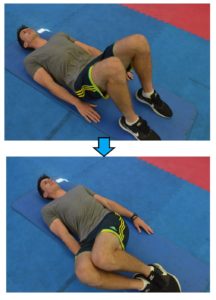

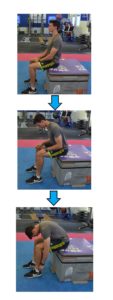

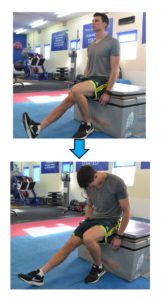
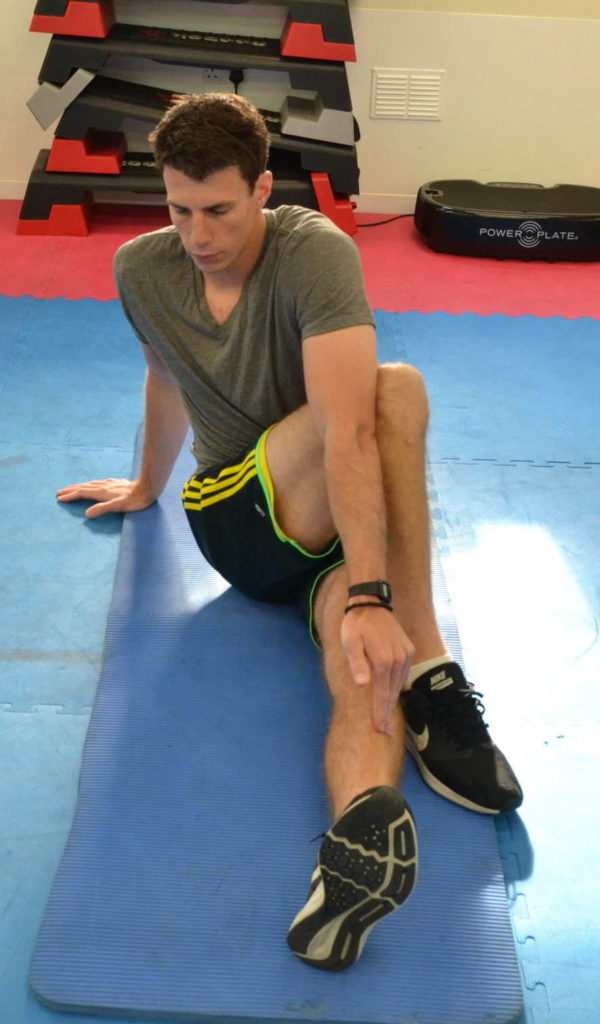
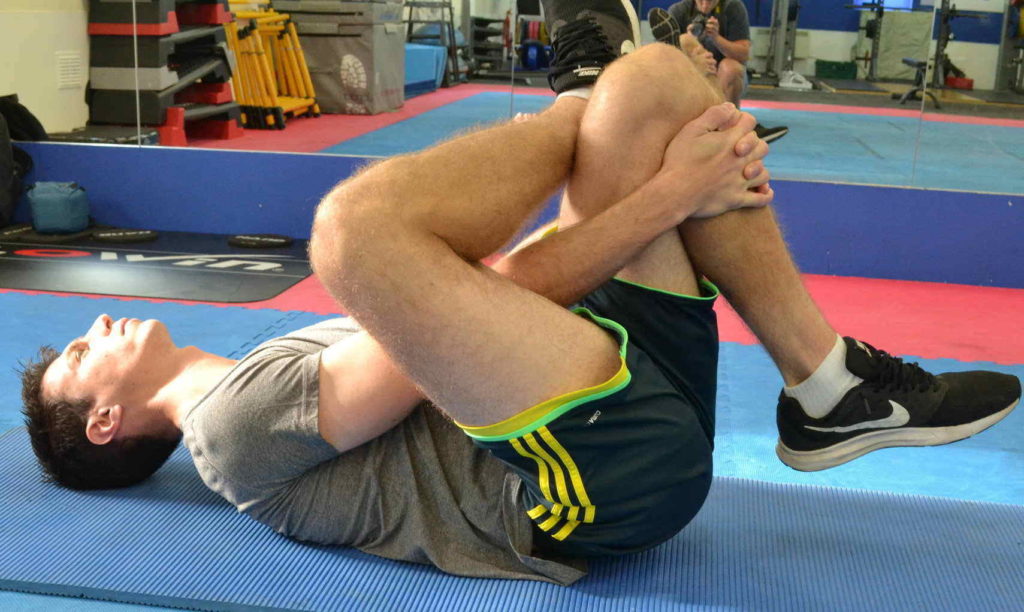
Thank you very good article